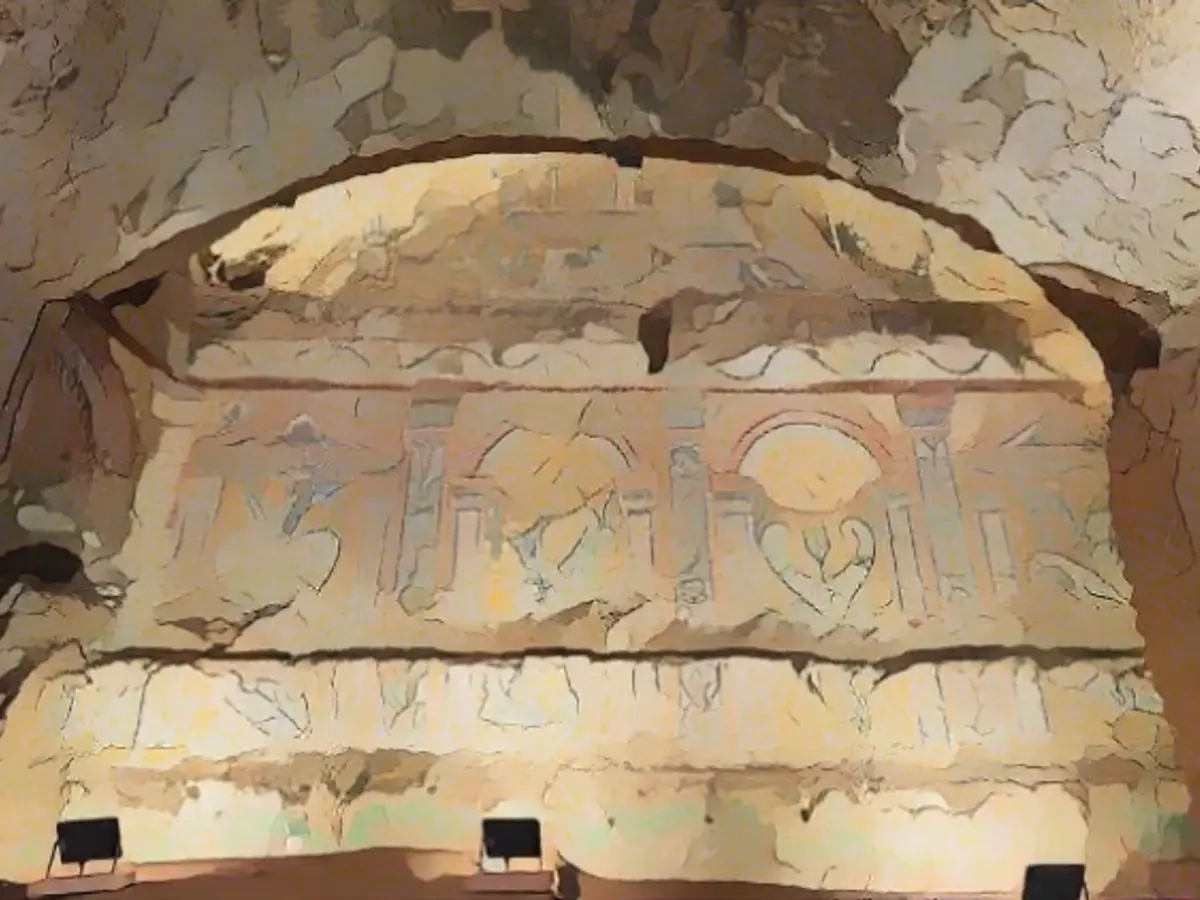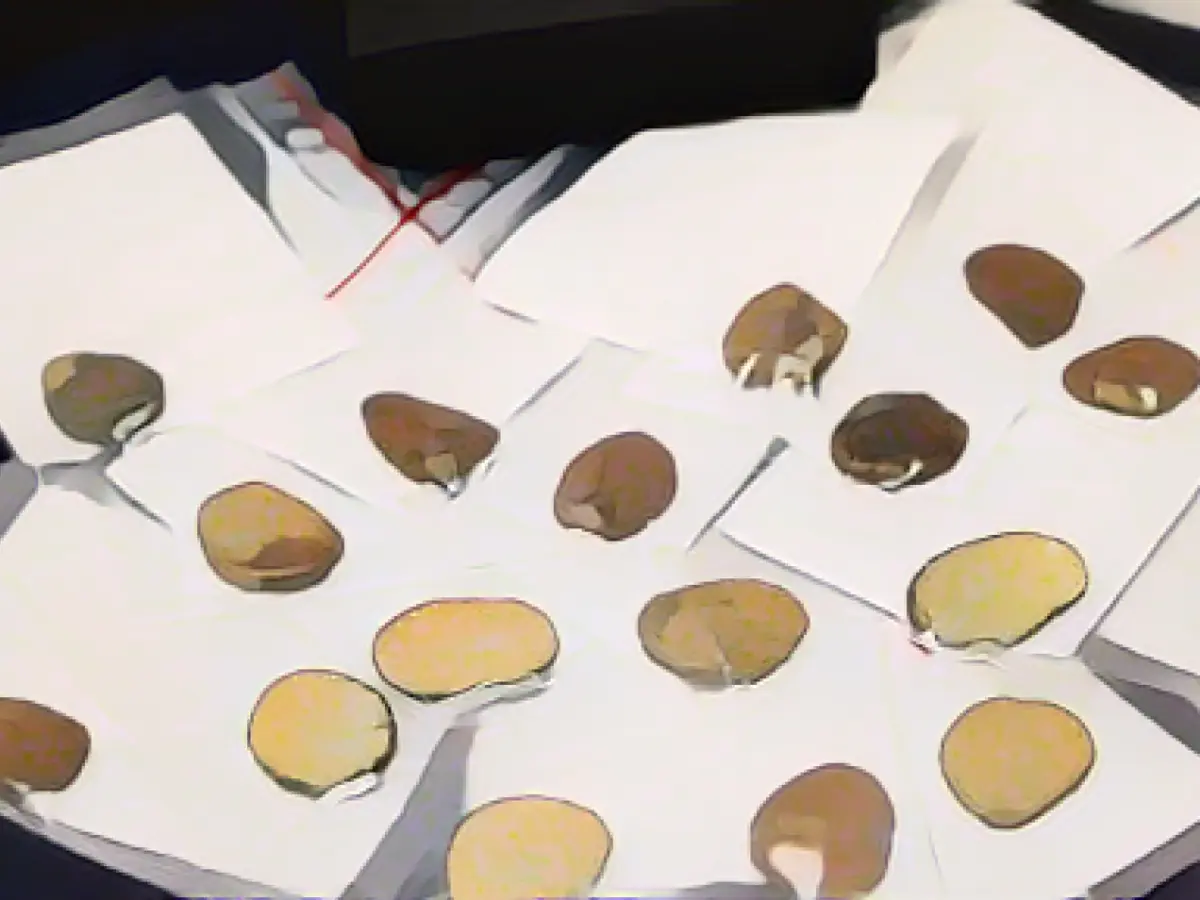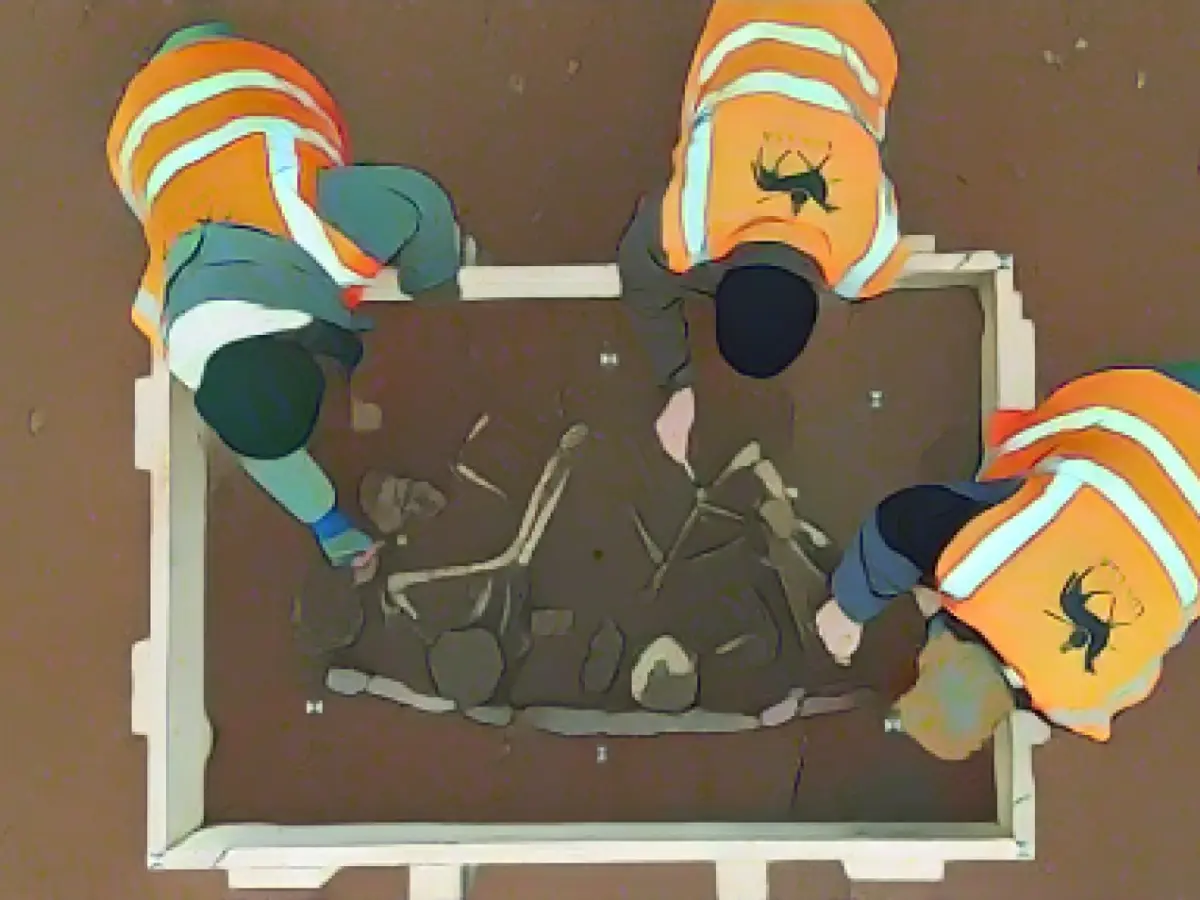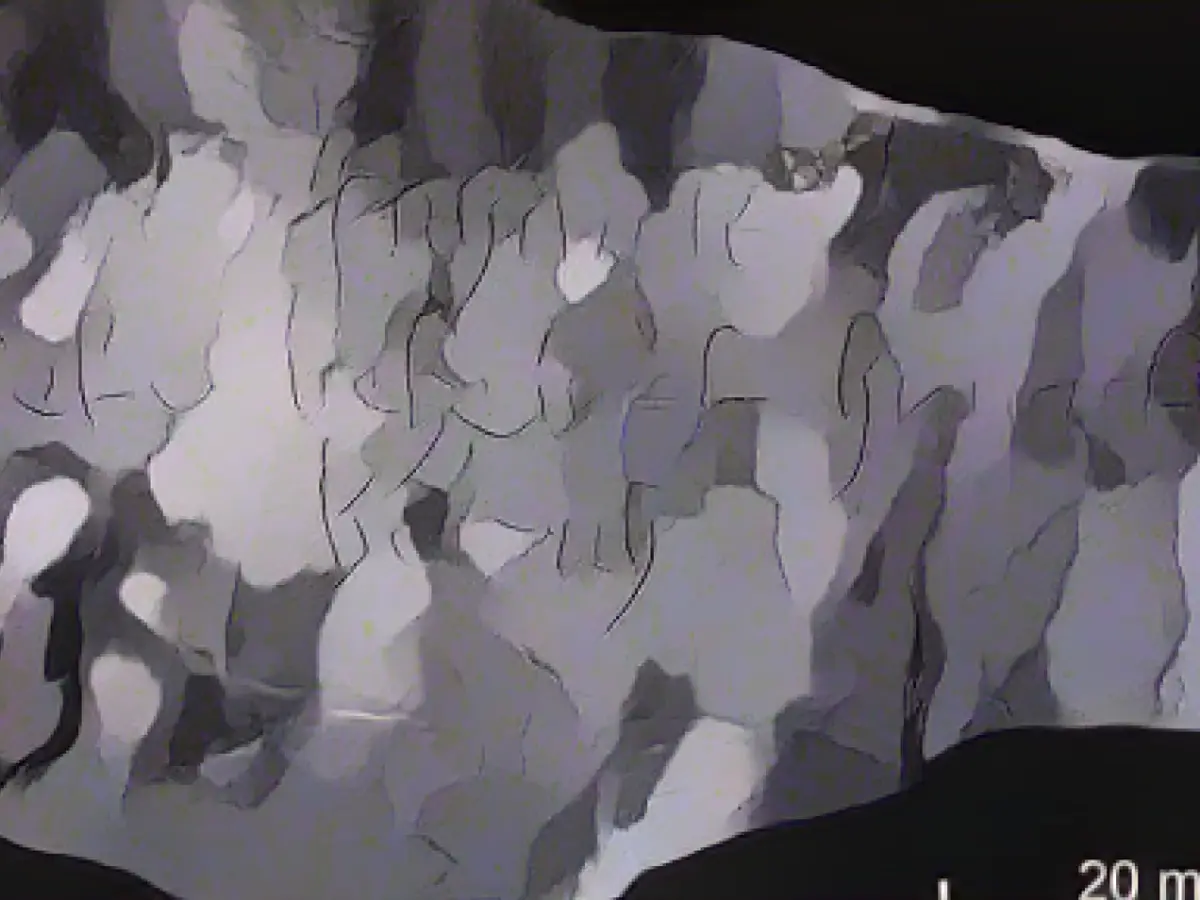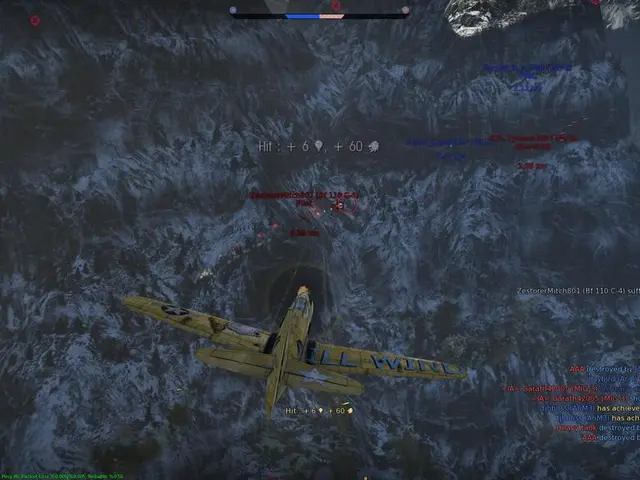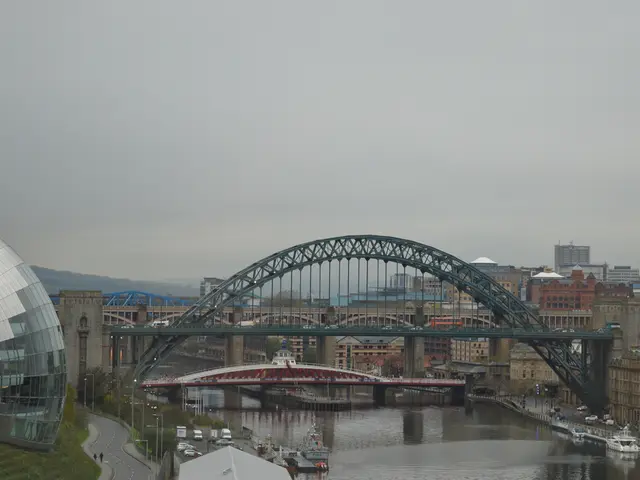Unearthed Hidden Gems Close to Rome's Colosseum
Whoa, hold up! Archaeologists have unearthed a sight that's making heads turn, not just for experts, but for any eye that catches a glimpse. Hidden beneath the Italian sun lies an ancient Roman townhouse with mosaics that will leave you speechless.
Nestled in the heart of Rome, not too far from the infamous Colosseum, excavators from the Archaeological Park have stumbled upon a trove of stunning mosaics. These rooms were discovered meandering their way between the Roman Forum and the Palatine Hill, one of Rome's seven historical hills, as reported by the Italian Ministry of Culture.
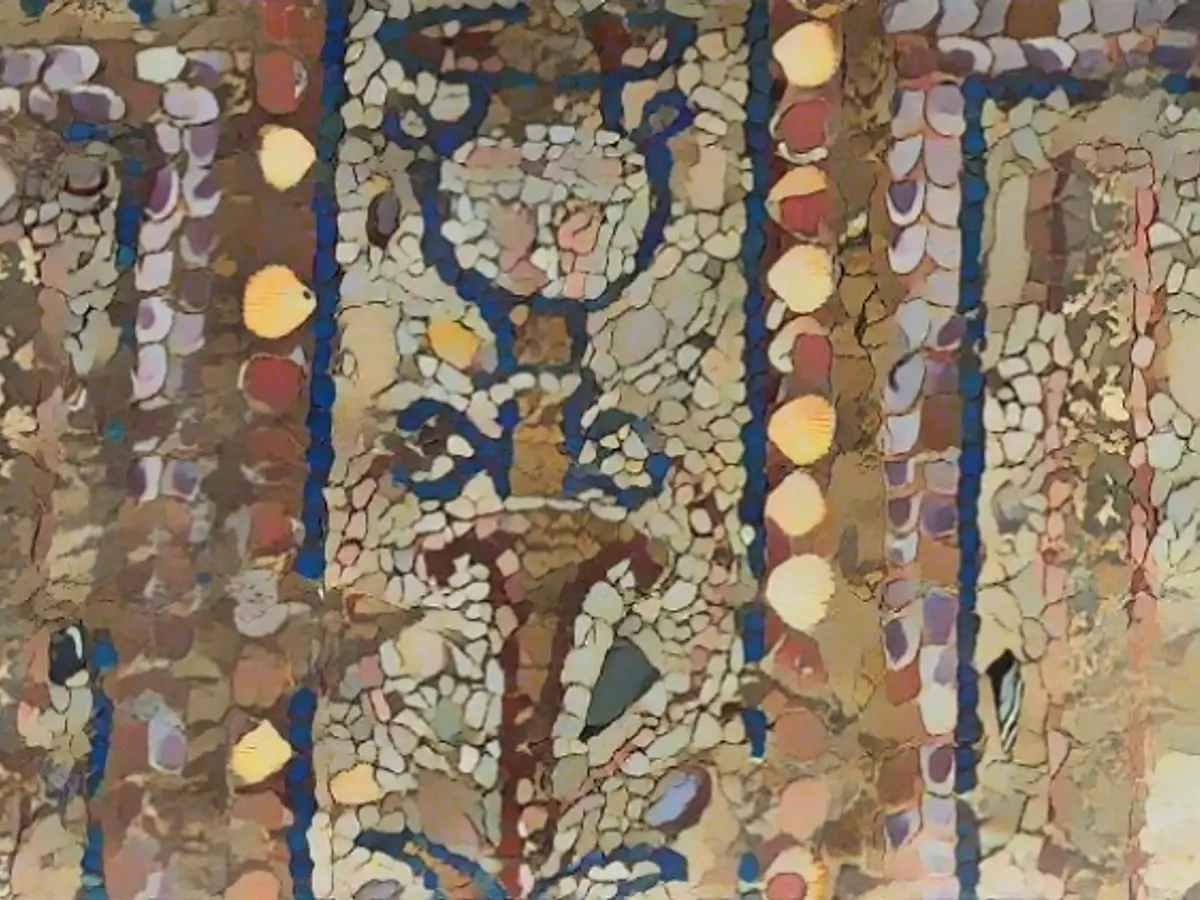
What sets these rooms apart is the one-of-a-kind mosaics adorning their walls. Crafted from materials like shells, marble, and glass, these masterpieces create intricate depictions that leave you second-guessing how they managed to pull it off centuries ago.
The Rustic Mosaics
These masterpieces embrace an array of material types, from shells, various mosaic stones, precious glass, and small parts of white marble to other dazzling multi-colored stones. They tell a captivating story through complex scenes that feature figures from different backgrounds. From Celtic trumpets and parts of ships with trident symbols, to vases oozing tendrils and lotus flowers, these mosaics depict a whimsical world dropped into the heart of ancient Rome.
Currently, the meaning behind these unique scenes remains a mystery, but the grandeur of the Roman house, built towards the end of the 2nd century BC, sets a regal tone for the grand occurrences that may have taken place within.
The Location
The fascinating find lies in an area near the so-called Horrea Agrippiana, which boasts the oldest monumental warehouse complexes from Augustan times. Situated along an important trade route, archaeologists believe that this Roman townhouse dominated the area and even extended over two terraced floors.
With several remarkable sights in the vicinity, the townhouse is undoubtedly a hidden gem waiting to be explored.
What Does This Mean for Archaeology?
The discovery of this Roman townhouse and its extraordinary mosaics represents a crucial milestone for Archaeology. Shedding light on the artistic traditions of the time, the intricate designs and patterns can serve as a window into the societal beliefs, spiritual practices, and daily lives of Romans during the 2nd century BC.
The unearthing of this ancient Roman gem has ignited curiosity within the world of archaeology and promises to reveal several valuable insights that could reshape what we know about ancient Roman civilization.
Source:
Enrichment Insights:
The discovery of this Roman townhouse with astonishing mosaics digs deeper into the rich history and societal customs of ancient Rome. Here are some key details to further facilitate your understanding:
- Architecture and Patronage: The townhouse will shed light on the architectural styles and trends of the time and its links to the social hierarchy as Roman nobility often engaged in competitive patronage through sumptuous mansions.
- Artistic Traditions: The exceptional mosaics and frescoes depict scenes that reflect important social, religious, and cultural aspects of Roman life during the 2nd century BC.
- Trade and Economy: The townhouse's geographical location near the oldest monumental warehouse complexes highlights the importance of trade and commerce between Rome and its neighboring regions.
- Slave Society and Family Dynamics: The layout and design of the Roman townhouse may provide insights into the societal roles of slaves in daily life, as well as the structure of Roman households.
- Urban Development: The rapid urban growth and construction of apartment blocks close to the Colosseum during the 2nd century BC are factors that will be explored in more detail through further archaeological investigations.
Elevating our understanding of ancient Rome through this exciting new discovery will impact research in various disciplines, including Art History, Classical Studies, and Cultural Anthropology. Analyzing the mosaics, architectural features and associated artifact findings will contribute to rewriting the narrative of the past and reveal hidden dimensions of Roman society.
